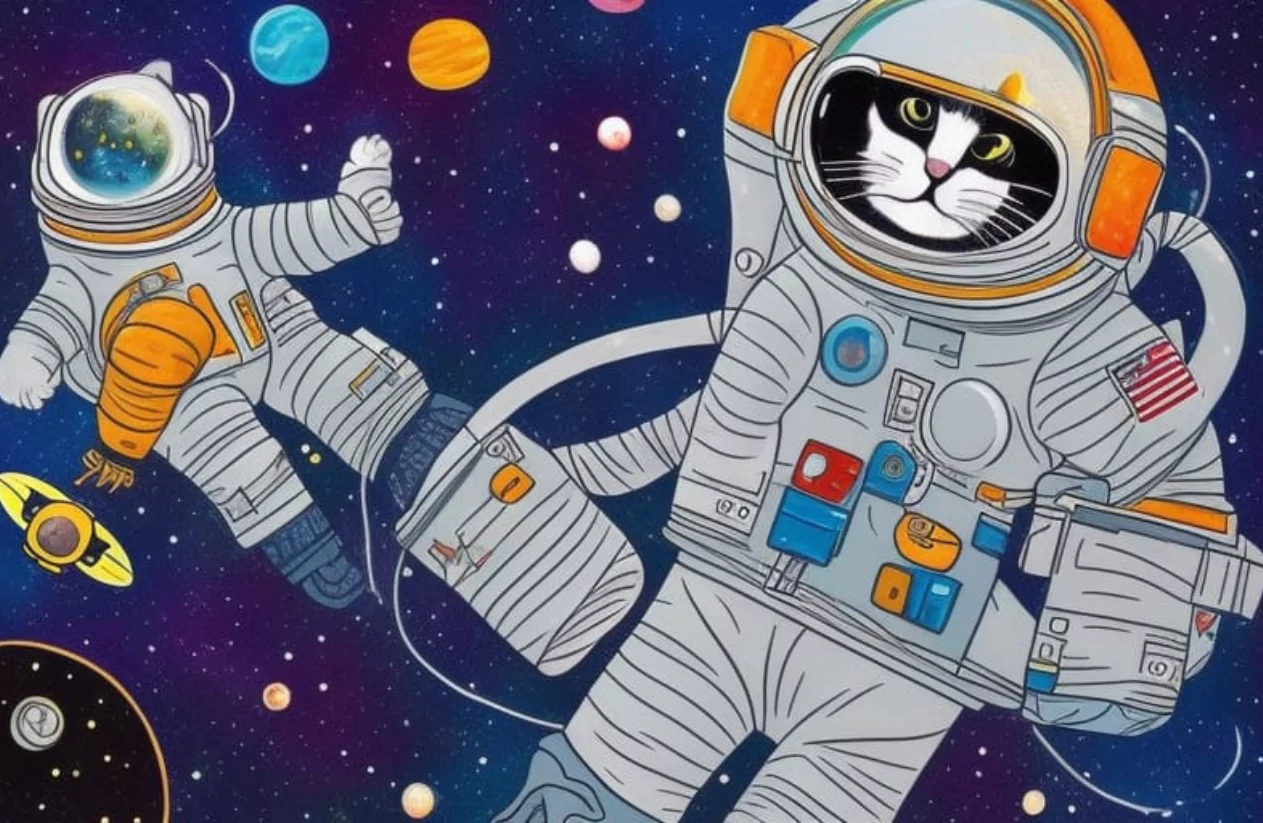Non-Fungible Tokens (NFTs) are the latest buzzword in the world of art, and they are having a significant impact on the art market. These digital assets are unique and non-interchangeable, making them ideal for representing artwork in the digital realm. The use of NFTs has revolutionized the way art is bought and sold, and their impact on the art world is nothing short of remarkable.
In this blog post, we will explore the world of NFTs and their impact on the art world. We will delve into the definition of NFTs, how they work, and their advantages and disadvantages. We will also examine some of the ways in which NFTs are transforming the art market, including the rise of digital art, the democratization of art ownership, and the potential for artists to receive greater royalties for their work.
If you are interested in the intersection of art and technology, then this post is for you. We will provide a comprehensive overview of NFTs and their role in the art world while avoiding technical jargon and making the topic accessible to all readers. So sit back, relax, and join us on a journey through the exciting world of NFTs and their impact on the art market.
What are Non-Fungible Tokens (NFTs)?

Non-Fungible Tokens ( NFTs) are a new type of digital asset that represents a unique piece of content, like a digital artwork or a tweet. Unlike fungible assets like cryptocurrencies, NFTs are one-of-a-kind and can not be changed for a commodity differently of equal value.
The art world has been significantly impacted by NFTs. preliminarily, digital art was considered less precious than physical art because it could be fluently participated in and replicated online. Still, NFTs give a way to authenticate the power and failure of digital artworks, thereby adding their value and allowing artists to benefit from their creations.
Through NFTs, an artist can tokenize their unique digital artwork, vend it on an online business, and allow the collector to prove the power of the original piece. This has created new openings for artists to monetize their digital creations and has enabled a more different and inclusive art request.
NFTs have also changed the way art is vented and collected by furnishing a transparent and secure system for tracking the power and provenance of a piece. This has increased trust and security in the art request, making it easier for collectors to corroborate the authenticity of a piece.
How NFTs are Changing the Art World
Non-Fungible Tokens (NFTs) are making a substantial impact on the art world. NFTs offer artists a fresh approach to monetizing their digital art while challenging traditional notions of artistic value and ownership. Unlike traditional art, digital art was easily copied and shared online, which made it less valuable. However, NFTs provide a way to verify ownership and scarcity of digital artworks, increasing their value and enabling artists to sell their works for high prices.
NFTs also empower artists and collectors by offering transparency and security in the art market. They allow collectors to purchase digital art with confidence, knowing they own the original piece and not a copy. Furthermore, NFTs democratize the art market by creating opportunities for diverse and emerging artists to showcase their works, which challenges traditional art gatekeepers.
One significant impact of NFTs on the art world is the success of several NFT art sales and auctions. Christie’s auctioned “Everydays: The First 5000 Days” by digital artist Beeple for a staggering $69 million. This sale was a significant turning point for NFTs, as it demonstrated the potential for digital artworks to be recognized and sold for high prices in the traditional art market.
Non-Fungible Tokens (NFTs) have disrupted the art world by providing artists with new opportunities to monetize their digital art and enabling collectors to own original pieces. The transparency and security provided by NFTs have made the art market more inclusive and diverse. Furthermore, the success of NFT art sales and auctions has demonstrated that digital artworks can be recognized and sold for high prices in the traditional art market.
Benefits and Risks of NFTs in Art
Here are all the benefits and some risks of using NFTs in Art:
Benefits
- NFTs offer artists an innovative revenue stream by allowing them to effectively monetize their digital art.
- NFTs give artists more control over their digital artwork ownership, ensuring they retain the original copy and monitor its resale value
- For collectors, NFTs offer a new level of ownership and provenance of digital artworks, while blockchain technology provides transparency and authentication of ownership, protecting against unauthorized duplication and ensuring the value of the artwork
Risks
- A major issue is the environmental impact of blockchain technology used in NFTs. The energy required to manufacture and trade NFTs contributes significantly to the carbon footprint.
- As NFT technology continues to evolve, there is a risk of fraud and exploitation, especially for aspiring artists
Future OF NFT In Art
Non-fungible tokens (NFTs) have the potential to transform the art world, and their future development is exciting. One possibility is that the NFT allows artists to sell their work directly to collectors, bypassing traditional art market intermediaries. This could democratize the industry and create opportunities for emerging artists to monetize their art.
NFT can also change the way we enjoy and interact with art. Blockchain technology, used in NFT, can provide greater transparency and traceability regarding the ownership and history of the value of a work of art. This can help collectors and artists more accurately understand the value of the work.
Besides the arts, the use of NFT is spreading to other industries, such as music and sports, and is expected to expand in the future. For example, musicians can NFT sell their songs, giving fans a unique collection experience. In sports, NFTs are used to sell digital collectibles such as trading cards and game highlights.
NFT’s future in the art world is bright and could lead to significant changes in the industry. With new technological developments, we can expect to see more creative and innovative uses of NFT, giving artists new opportunities and changing the way we perceive and interact with art.
Conclusion
For now, we already see and feel the impact of Non-fungible tokens (NFT) in the art world. It revolutionized our perception of digital arts, giving more credit and ownership to the artist. Though not all artists adopt this new kind of technology, we can surely see more of it in the future.
Blockchain, crypto, and NFT are here and they might stay forever, in the future we will surely see some of the new applications of this new technology to digital arts.


